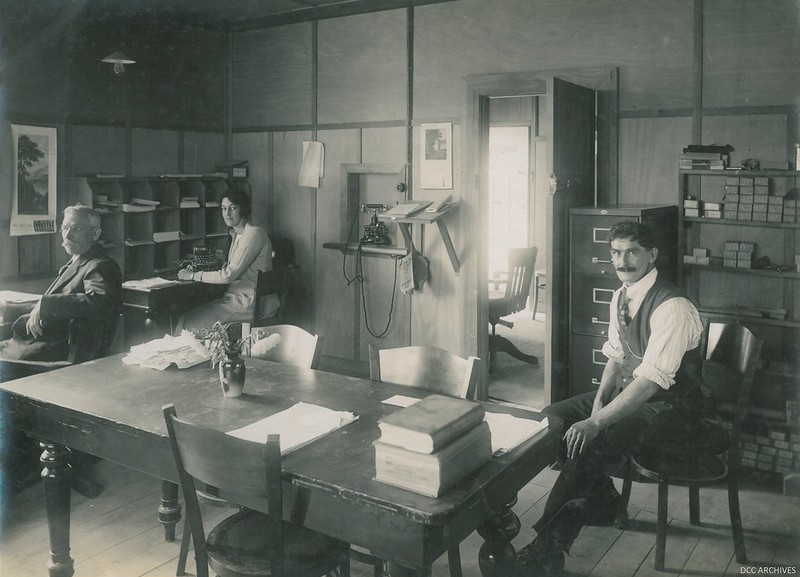According to a Gallup survey, only 34% of employees are actively engaged in their work. That's a record high!
Isn't that depressing?
Only one-third of our workforce is actually engaged in what they are doing. This means that most employees are not engaged and some are actively disengaged.
If you were to apply these findings to your own organization...can you believe that only one out of every three team members may be excited and putting their full effort into their work?
That's scary.
Why should I care?
Well for one, your employees are your business. The team you have helps to set the culture of your organization. Your culture informs how you're seen both internally and externally, by customers.
Having an engaged team means that you're getting the most out of your employees. It also means that team members are motivating others to be excited about the work they're doing. Ultimately, this impacts the bottom line.
"...those in the top quartile of engagement realize substantially better customer engagement, higher productivity, better retention, fewer accidents, and 21% higher profitability. Engaged workers also report better health outcomes."
Long story short, you'll make more money.
How do I get there?
If you aren't sure about employee engagement within your team, you need to start gathering information. And the best way to do that is to go straight to the source - your employees.
Who knows better than the actual employees themselves? Conduct surveys, collect feedback, have meetings, do whatever it takes to ask them the tough questions. What is preventing them from being motivated in the workplace?
You may not like the answers but you need to hear their thoughts before you can work to address them.
Responses will differ from person-to-person but you never know, it could take the smallest change to drastically improve engagement for the team.
Be Active and Open
If you were having a problem with your customers, the first thing you'd do would be to ask them what the problem was. Do the same thing with your team.
Odds are not all of them are perfectly content with their role. Be active to reaching out for their feedback. Be open to hearing their thoughts and making changes.
Although they might not have the answers, they'll be able to identify the problems...and that's the best place to start.





